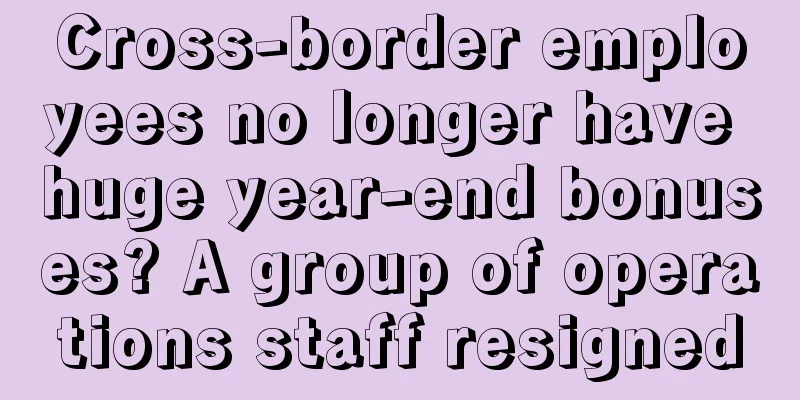A detailed explanation of Amazon Review Weight! (Bonus at the end of the article)

|
First of all, I would like to make it clear that Amazon has never announced the content of Review weight to the public. Our understanding of Review weight is entirely based on imagination.
- END - |
>>: Amazon automatic advertising has exposure, but the click rate is not high. What should I do?
Recommend
What is Sellerboard? Sellerboard Review
Sellerboard is an Amazon profit analysis tool. The...
Last year, the volume of online shopping packages in the United States hit a new high! UPS, Amazon and other companies achieved outstanding results
It is learned that according to the latest Pitney ...
Sales of key categories slow down! Best Buy enters multiple new areas to seize market share!
It is learned that Best Buy has expanded new sales...
What is Runbu Trade? Runbu Trade Review
Shenzhen Runbu Trading Co., Ltd. was established i...
Those keyword optimization principles you don’t know!
Principles of keyword embedding optimization 1. N...
Big news! Amazon's flash sales are free
Due to the epidemic, Amazon Prime Day was delayed...
Sellers are familiar with the traffic on the site. But how much do you know about the traffic outside the site?
As an Amazon operator, the source of daily strugg...
Amazon is entering the air cargo business? It plans to increase the number of cargo planes to about 200 by 2028
Italy exempts masks and other epidemic prevention...
Useful Information | How to operate Amazon’s golden period of new product traffic so as not to waste it?
Amazon has always been "light on stores, hea...
New feature to reduce returns! Amazon supports buyers to contact merchants before sales
Amazon has a new feature! The latest news is that...
What is Innojoy Patent Search Engine? Innojoy Patent Search Engine Review
Innojoy Patent Database is a patent intelligence c...
What is an export tax rebate letter? Export tax rebate letter inquiry review
Tax refund letter inquiry is a way for the tax bur...
Amazon's new Sponsored TV campaign
Amazon's "Sponsored TV" ads are vide...
What is ShopLocal? ShopLocal Review
ShopLocal is a shopping price comparison website t...
The race to beat Amazon! Fall Prime is in trouble
In the past two days, Amazon announced the officia...









